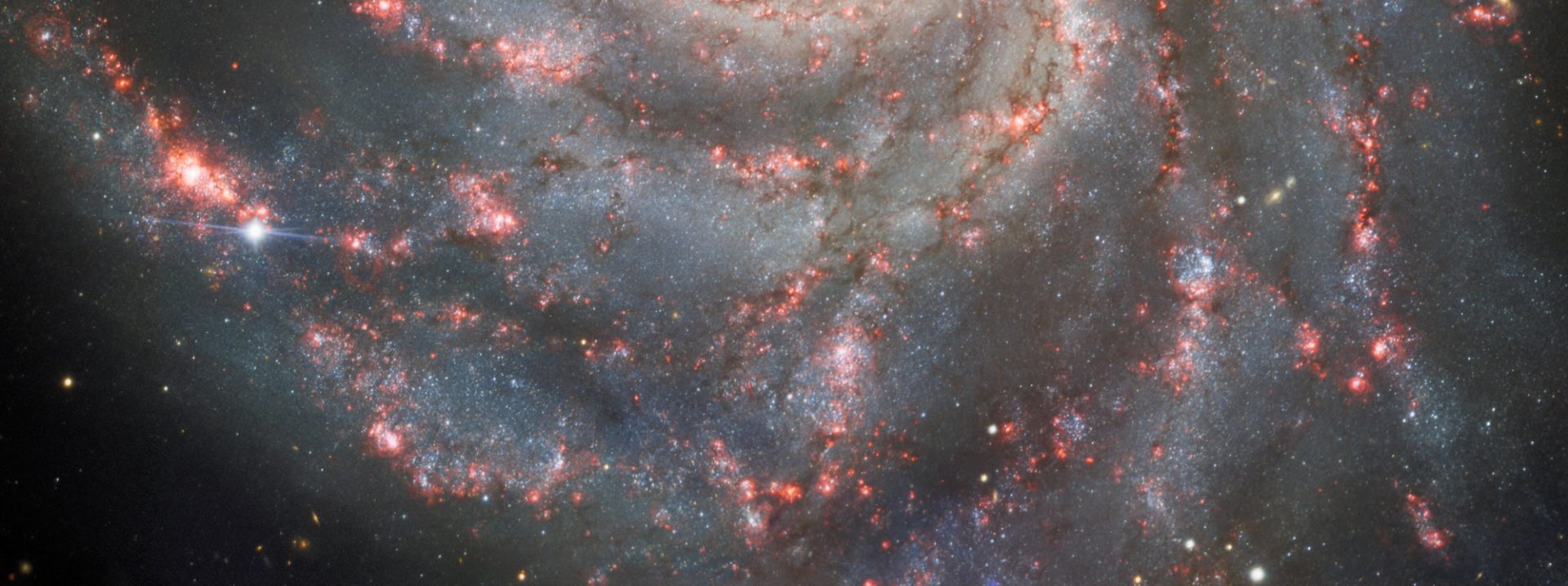2011年1月8日,孙国佑在SNSP适时搜索中,在M31发现一个可疑目标,后经过补拍验证,认为是新星可疑目标,测量后上报。
NET USNO-A2.0
XM02GS C2011 01 08.52704 00 42 42.64 +41 19 14.6 18.0 V C42
XM02GS C2011 01 08.54211 00 42 42.71 +41 19 15.1 18.3 V C42
XM02GS C2011 01 08.55193 00 42 42.69 +41 19 14.5 17.9 V C42
星明天文台独立发现M31N 2011-01a 系外新星
NOVA IN M31: M31N 2011-01a
Koichi Nishiyama, Kurume, Japan; and Fujio Kabashima, Miyaki, Japan,
report the discovery of a possible nova (mag 18.4) in M31 on seven 40-s
unfiltered CCD frames (limiting magnitude 19.3) taken around Jan. 7.432 UT
using a Meade 200R 0.40-m f/9.8 reflector (+ SBIG STL1001E camera). The new
object is located at R.A. = 0h42m42s.60 +/- 0s.01, Decl. = +41d19’14”.4 +/-
0″.1 (equinox 2000.0), which is 20″ west and 186″ north of the center of the
galaxy M31. Additional magnitudes for M31N 2011-01a from Nishiyama and
Kabashima: 1986 Nov. 27, [18.7 (Digitized Sky Survey; red plate); 1993 Oct.
21, [17.9 (DSS; infrared plate); 2011 Jan. 2.454, [19.2; 4.436, [19.0;
8.545, 17.4. They add that the nearest star in Massey’s M31 catalogue
(http://www.lowell.edu/users/massey/lgsurvey.html) has position end figures
42s.61, 13″.7 (magnitudes V = 21.3, B = 22.3, R = 20.4).
Toru Yusa, Osaki, Japan, reports his independent discovery of M31N
2011-01a at mag 18.1 on twelve 90-s unfiltered CCD frames (limiting magnitude
20.0) taken around 2011 Jan. 7.39 UT using a 30-m f/7 Cassegrain telescope
(+ SBIG STL-1001E camera), providing position end figures 42s.66 +/- 0s.02,
14″.2 +/- 0″.2 (offset 19″ west, 186″ north). Additional magnitudes for M31N
2011-01a from Yusa: 1985 Dec. 17, [20 (Digitized Sky Survey; red plate);
2010 Nov. 5.736, [19.5; 11.376, [19.4; Dec. 17.400, [19.6; 23.357, [19.6;
2011 Jan. 8.086, 18.6 (remotely using a 0.25-m f/3.4 hyperbolic astrograph +
SBIG ST-10XME camera at the RAS Observatory near Mayhill, NM, U.S.A.); 8.370,
17.0 (0.30-m f/7 reflector, Osaki Lifelong Learning Center). Yusa’s discovery
image is posted at http://space.geocities.jp/yusastar77/PNinM31_110107.htm.
Guoyou Sun (Wenzhou, Zhejiang, China) and Xing Gao (Urumqi, Xinjiang,
China) report their independent discovery of M31N 2011-01a at mag approximately
18.0 on several 90-s CCD survey images (limiting mag about 19.5) taken by Xing
Gao in the course of the Xingming Observatory Sky Survey at Mt. Nanshan on Jan.
8.527 with a 0.36-m f/6.9 Schmidt-Cassegrain telescope, providing position end
figures 42s.64, 14″.6. Sun and Gao have posted their discovery image at the
following website URL: http://www.xjltp.com/XOSS/XM02GS/XM02GS.htm.
Kamil Hornoch and Miroslav Velen, Astronomical Institute, Ondrejov; and
Petra Hornochova, report their discovery of M31N 2011-01a on a co-added 1080-s
R-band CCD frame taken on Jan. 8.788 UT with the 0.65-m telescope at Ondrejov.
The new object is well visible on the co-added frame, as well as on single
images used for the co-added frame, but is not present on numerous archival
images taken at Lelekovice and Ondrejov. Available R-band magnitudes for M31N
2011-01a, as measured by Hornoch: 2011 Jan. 3.732 UT, [21.2 (K. Hornoch and
B. Mikulecka, 0.65-m telescope at Ondrejov); 5.863, [19.3 (Hornoch and M. Wolf,
0.65-m telescope at Ondrejov); 8.788, 17.09 +/- 0.07 (Hornoch, Velen, and
Hornochova, 0.65-m telescope at Ondrejov); 9.741, 14.7 +/- 0.3 (Hornoch and
Hornochova, 0.65-m telescope at Ondrejov, poor conditions). M31N 2011-01a is
located at R.A. = 0h42m42s.65, Decl. = +41o19’14”.7 (equinox 2000.0), which is
19″ west and 186″ north of the center of M31.
Additional unfiltered CCD magnitudes for M31 2011-01a forwarded by S.
Nakano, Sumoto, Japan: Jan. 8.484 UT, 17.7 (K. Kadota, Ageo, Saitama-ken,
Japan, 0.25-m f/5.0 reflector + SBIG ST-9E camera; limiting mag 19.2; position
end figures 42s.65, 14″.3); 10.481, 15.2 (M. Koishikawa, Sendai, 1.3-m f/4.85
reflector; via Yusa).
M. Henze, W. Pietsch, and V. Burwitz, Max-Planck-Institut fuer
Extraterrestrische Physik; A. Kaur and D. H. Hartmann, Clemson University;
and P. Milne and G. Williams, University of Arizona, report that M31N 2011-01a
has brightened significantly from mag 16.7 on 2011 Jan. 9.11 to mag 14.9 on
Jan. 11.20 UT on two sets of stacked, fifteen, 60-s R-band CCD images
obtained with the robotic 60-cm telescope (+ E2V CCD camera; 2000×2000
pixels) of the Livermore Optical Transient Imaging System (Super-LOTIS,
located at Steward Observatory, Kitt Peak, Arizona). The position end
figures for M31N 2011-01a are 42s.66, 14″.7 (uncertainty 0″.3), which is
19″ west and 185″ north of the core of M31.
Akira Arai, Kohyama Astronomical Observatory, Kyoto Sangyo University,
reports that low-resolution spectra (R about 550) of M31N 2011-01a were
obtained on 2011 Jan. 11.49 UT using the 1.3-m Araki telescope at Koyama
Astronomical Observatory. The spectra show clearly P-Cyg profiles in H-alpha,
H-beta, and Fe II lines accompanied by strong absorptions on a blue continuum.
The absorption minimum in H-alpha indicates that its expansion velocity is
about 1300 km/s, suggesting that the object is a “Fe II”-type classical nova
near maximum light. Their spectrum is posted at the following website URL:
http://www.cc.kyoto-su.ac.jp/~kao/blog/index.php/view/33.
